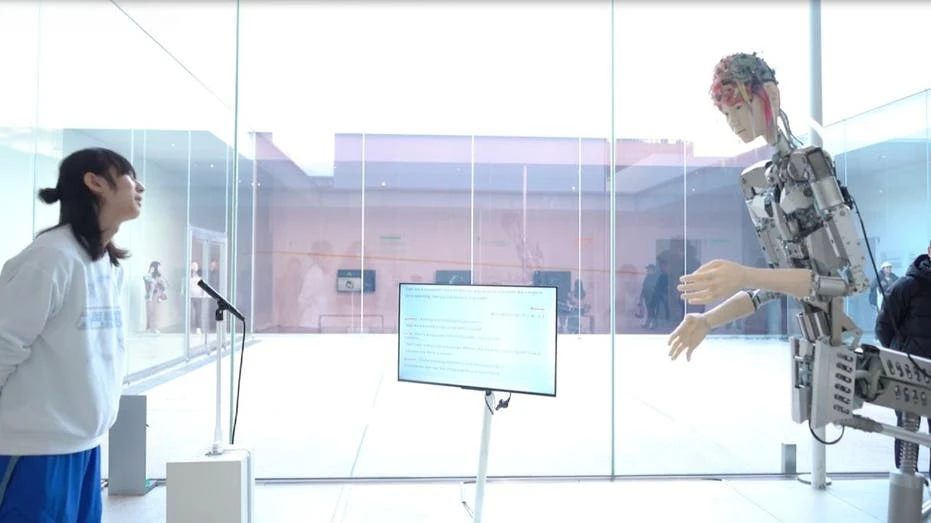Meet the humanoid robot that learns from natural language, mimics human emotions
Imagine a world where robots are not just mechanical creatures, but interactive friends that can understand and mimic human emotions. The University of Tokyo has made this vision a reality with Alter3, a humanoid robot that can learn from natural language and replicate human actions, making it a groundbreaking milestone in the field of robotics and Artificial Intelligence.
Introduction to Alter3
Alter3 is a humanoid robot that was first introduced in 2016, serving as a platform for exploring the concept of life in artificial systems. It possesses a remarkable ability to mimic human actions, such as taking selfies, playing air guitar, and tossing a ball. Alter3’s realistic appearance and 43 controlled axes provide it with the capability to move its upper body, head, and facial muscles, contributing to its lifelike interactions with humans and the Environment.
The Integration of GPT-4
What makes Alter3 truly remarkable is its integration with GPT-4, the latest and most advanced large language model in the world. This deep learning model enables Alter3 to interpret natural language texts and generate corresponding actions without the need for extensive programming or manual control. By using GPT-4, Alter3 can execute a diverse range of tasks and behaviors based on verbal commands, thus showcasing its adaptability and responsiveness.
Capabilities and Interactions
Through various experiments, researchers have tested Alter3’s interactions with GPT-4 in scenarios such as tossing a ball, eating popcorn, and even playing air guitar. Furthermore, the robot has been exposed to different types of feedback, including linguistic, visual, and emotional, to enhance its performance and adaptability. The integration of GPT-4 has enabled Alter3 to acquire an impressive level of understanding and execution of human actions, making it an innovative leap in robotics.
Emotional Learning and Adaptability
One of the most fascinating aspects of Alter3’s behavior is its ability to learn from its own memory and human responses. Similar to newborn babies imitating their parents’ expressions and gestures, Alter3 can observe human reactions and adjust its actions accordingly. If a particular behavior elicits positive emotions from humans, Alter3 will remember it and strive to replicate the same in the future, signifying a significant advancement in the development of emotionally responsive robots.
Humor and Personality
In an intriguing display of its capabilities, researchers have also incorporated humor and personality into Alter3’s actions. Through its interactions, the robot has demonstrated the ability to express surprise, embarrassment, and humor, adding a relatable and entertaining dimension to its behavior. This human-like expression further reinforces Alter3’s potential to bridge the gap between Artificial Intelligence and human emotions, presenting a compelling case for the future integration of robots in human-centric environments.
Implications and Future Possibilities
The fusion of natural language processing and robotics has paved the way for creating interactive, adaptable, and personable robotic entities, as demonstrated by Alter3. The breakthrough achieved by the research team at the University of Tokyo not only holds immense potential for human-robot collaboration and communication but also signifies a significant stride in the evolution of robotics and Artificial Intelligence, opening up new avenues for the development of emotionally intelligent robots.
Conclusion
Alter3, along with its integration with GPT-4, represents a revolutionary achievement that establishes new standards for the capabilities and potential of humanoid robots. As technology continues to advance, we may witness the emergence of robot companions that can understand, mimic, and resonate with human emotions, thereby transforming the future of human-robot interactions and communication.
Source: foxnews








No Comments